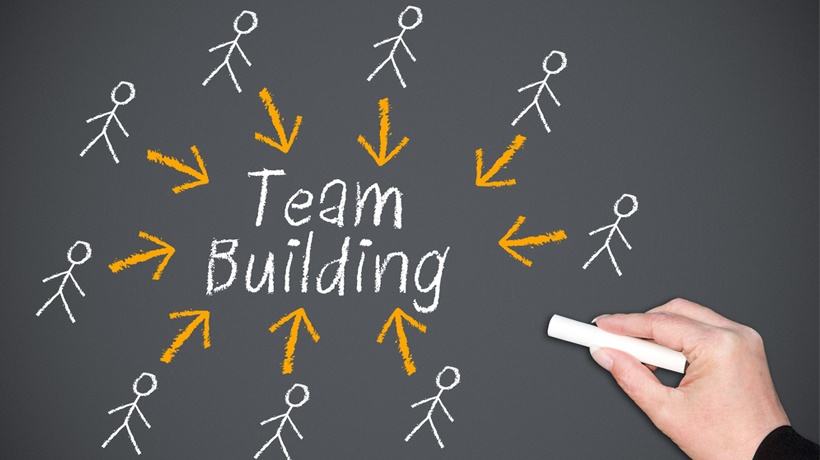
Team building is the backbone of a strong, productive, and efficient workforce. It fosters collaboration, enhances communication, and improves overall team dynamics. Whether in corporate settings, sports teams, or community organizations, effective team building creates a cohesive and high-performing group. This article explores the importance of team building, key strategies, and effective techniques to cultivate strong teams.
The Significance of team building 戶外活動
1. Enhancing Team Communication
Clear and open communication is critical for any team’s success. Team-building activities help break down communication barriers, ensuring that members can share ideas and feedback more effectively.
2. Strengthening Relationships
When team members trust and understand each other, collaboration becomes easier. Team-building exercises encourage bonding and establish stronger professional relationships.
3. Boosting Employee Engagement and Morale
A motivated and engaged team is more productive. Team-building activities contribute to a positive work environment, making employees feel valued and appreciated.
4. Improving Problem-Solving and Decision-Making Skills
Teams that work well together can brainstorm and execute solutions more effectively. Team-building exercises often simulate real-world challenges, sharpening decision-making abilities.
5. Encouraging Innovation and Creativity
Innovative thinking thrives in environments where collaboration is encouraged. Through team-building initiatives, members can experiment with new ideas without fear of failure.
Key Strategies for Successful Team Building
1. Setting Clear Objectives
Every team-building initiative should have a specific goal—improving communication, fostering leadership, or increasing trust among team members.
2. Encouraging Inclusivity and Diversity
An inclusive team that values diverse perspectives is more innovative and productive. Organizations should foster a culture that celebrates different backgrounds and experiences.
3. Regular Team-Building Activities
Consistent team-building exercises help maintain strong relationships and engagement levels. Activities can range from icebreakers to off-site retreats.
4. Providing Opportunities for Leadership
Team-building activities should allow members to step into leadership roles, encouraging confidence and professional growth.
5. Creating a Culture of Open Feedback
A team that regularly shares feedback can continuously improve. Encourage team members to provide constructive feedback to help each other grow.
Effective Team-Building Techniques
1. Collaborative Problem-Solving Activities
Escape rooms, puzzle challenges, and brainstorming sessions encourage teams to think strategically and collaboratively.
2. Outdoor and Adventure-Based Team Building
Activities such as hiking, obstacle courses, or team sports improve trust, communication, and cooperation.
3. Workshops and Training Programs
Providing professional development opportunities strengthens both individual and team capabilities, boosting morale and skills.
4. Volunteer and Community Service Initiatives
Engaging in charitable activities fosters teamwork while positively impacting the community.
5. Virtual Team-Building for Remote Teams
With remote work on the rise, virtual team-building activities like online quizzes, virtual happy hours, and collaborative digital projects ensure connectivity and engagement.
Overcoming Common Team-Building Challenges
1. Resistance to Participation
Some team members may be reluctant to engage in activities. Ensure that exercises are relevant, enjoyable, and beneficial to all participants.
2. Balancing Work and Team-Building Activities
Organizations must schedule team-building exercises without interfering with productivity. Short, meaningful activities during work hours can be highly effective.
3. Addressing Conflicts Constructively
Disagreements are natural in any team setting. Constructive conflict resolution techniques should be integrated into team-building efforts.
4. Ensuring Long-Term Impact
Team-building efforts should be ongoing rather than one-time events. Consistent reinforcement through periodic activities and follow-ups ensures sustained benefits.
Conclusion
Team building is an essential ingredient for creating a thriving workplace. By implementing effective strategies and techniques, organizations can foster collaboration, boost morale, and enhance overall productivity. A well-connected team is better equipped to overcome challenges and achieve shared goals, making team-building investments worthwhile for long-term success.
